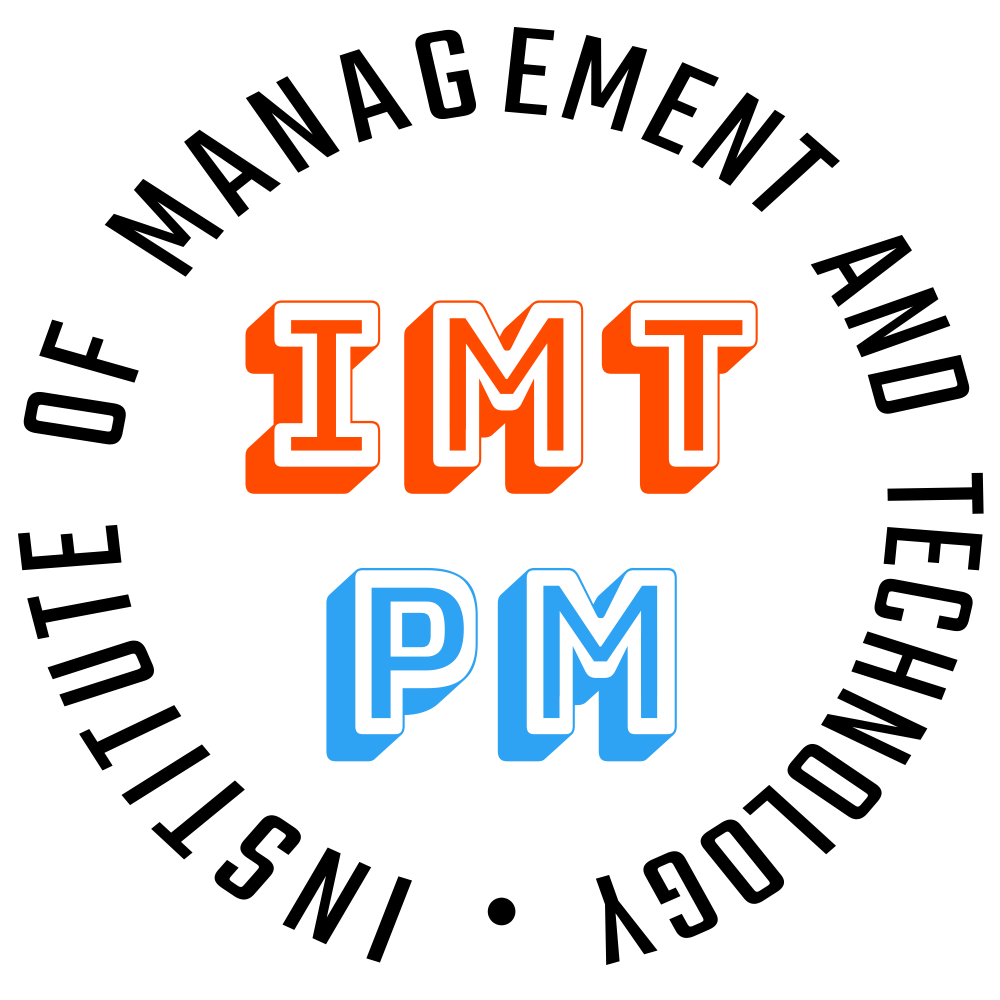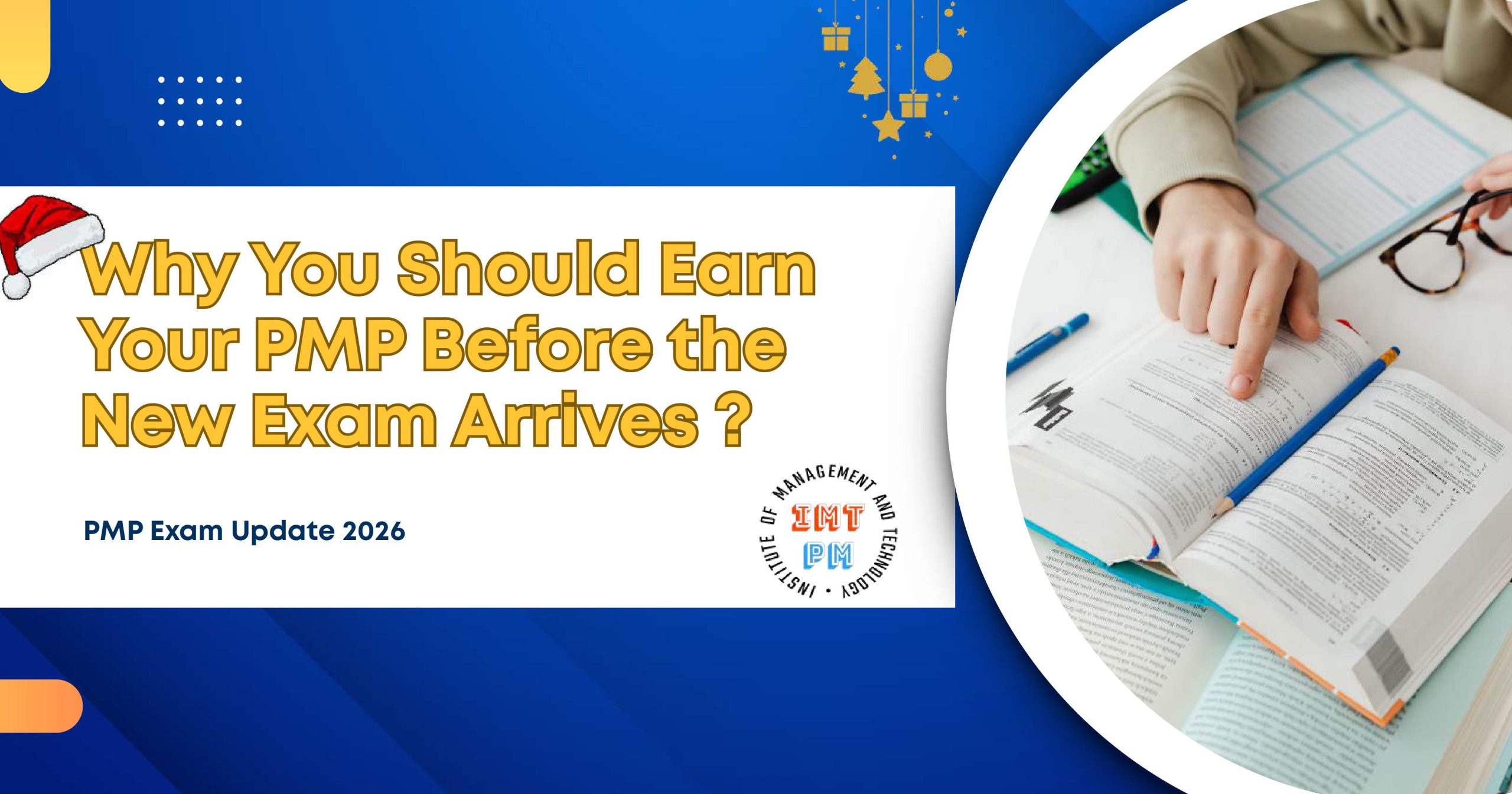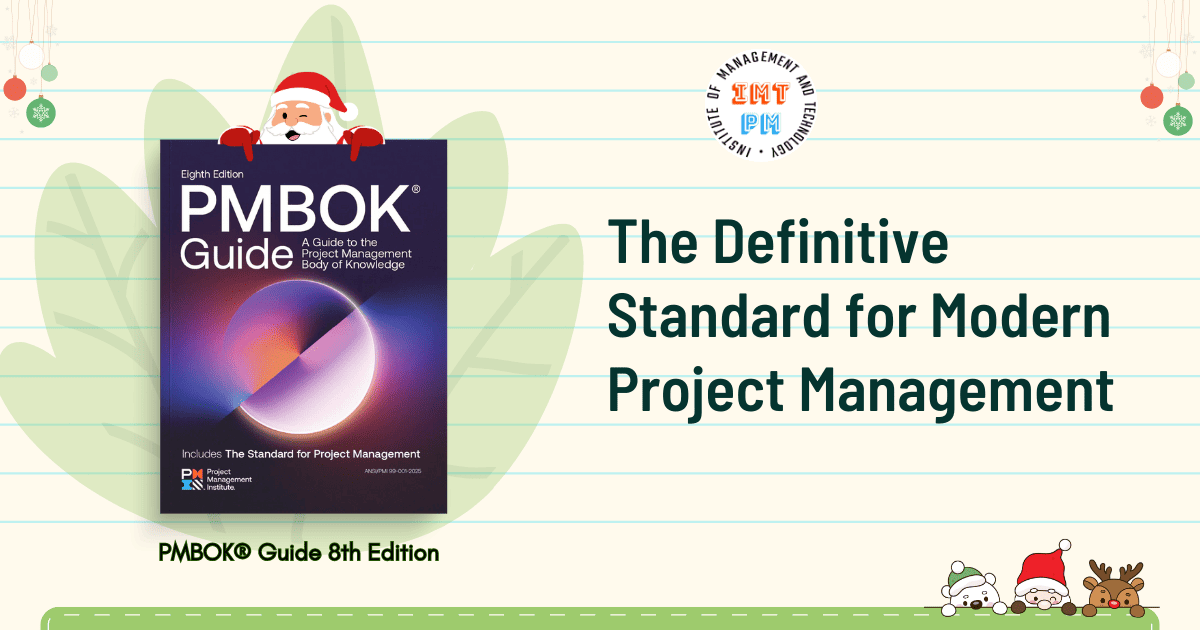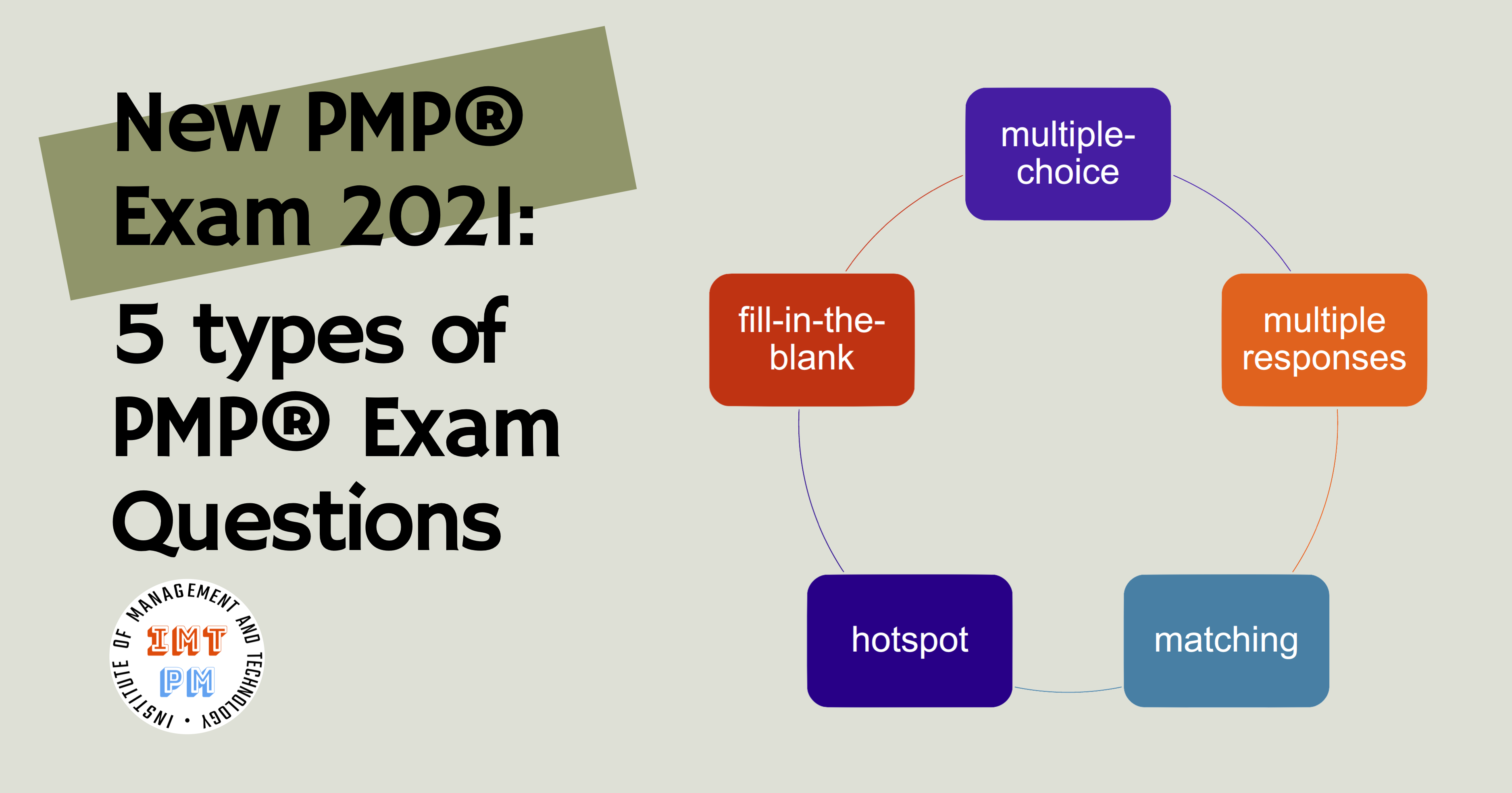
New PMP® Exam 2021: 5 types of PMP® Exam Questions
The new PMP® exam is a combination of many question types. Some of them are very new to PMP® aspirants.
- Multiple-choice
- Multiple responses
- Drag and drop (new): This could be used in definition and process questions. Attendants drag and drop to match the items listed in 2 columns.
- Hotspot (new): This could be used in calculation questions. Attendants are provided a digital graphic, then calculating and pointing out the requested data.
- Limited fill-in-the-blank.
1. Multiple-choice
Example 1:
At the end of an iteration, Steve who is the project’s graphic designer tells the project manager that a planned task is unfinished because of an issue that appeared days ago but he was unable to resolve. What should the project manager do to prevent this type of situation in the future?
A. Discuss the issue during the next iteration planning meeting.
B. Review the issue in the next daily stand-up meeting.
C. Discuss the issue during the retrospective.
D. Address the issue in the demo session.
2. Multiple responses
Example 2:
Since Bryan is leading his project according to the agile approach, he empowers his team to choose how work needs to get executed. He is a source of help when they want it and he generally stays out of the way until then. This approach worked out great for the whole project in terms of productivity and efficiency. Which are the main aspects of self-organizing teams? (Select two)
A. It gives more freedom to the Agile team
B. It gives more freedom to the project manager
C. It gives team members higher visibility of the product
D. It increases the sense of responsibility of team members
3. Matching
For questions on definitions and process order, the PMP® may include items that leverage a drag and drop question.
Example 3:
Provide answer A, B, C, or D for each organizational theory:
- McClelland’s Achievement Theory
- Herzberg’s Motivation Theory
- McGregor’s Theory X and Theory Y
- Maslow’s Hierarchy of Needs
A. One theory is called the “old-school” approach, and another theory is a more modern approach.
B. Regardless of our gender, culture, or age, we all have three motivating drivers, and one of these will be our dominant motivating driver. This dominant motivator is largely dependent on our culture and life experiences
C. Motivating factors relate to feelings of achievement, recognition, and career advancement. People are not generally motivated by money.
D. lower-level need must be satisfied before a higher-level one can be addressed.
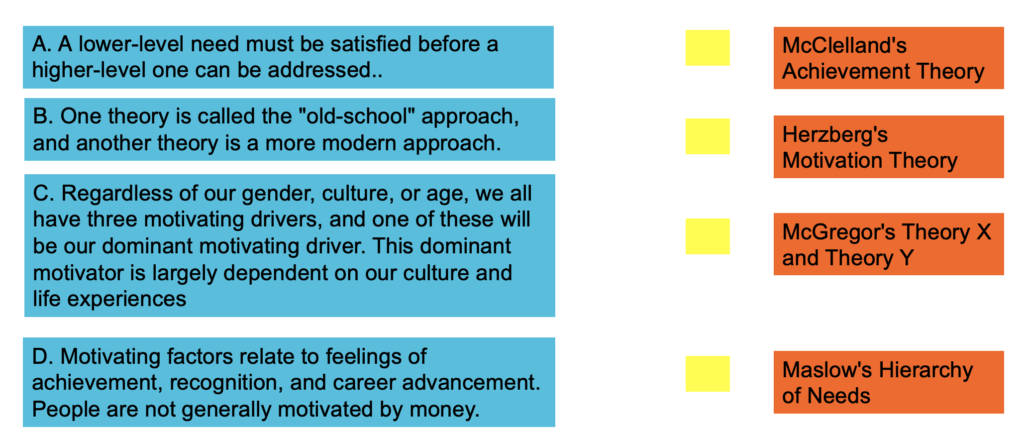
4. Hotspot
Candidates will be asked to interact with a digital graphic and use their calculations to estimate specific data points
Example 4:
A project team is using the Stacey Complexity Model to map the degree of uncertainty in the project and select the appropriate project life cycle. As the meeting progresses, it becomes evident that while the requirements are well-known, the team is unfamiliar with the technology required to implement them. As a result, the team selects an adaptive project life cycle.
Where on the Stacey Complexity Model did the team most likely map the project?
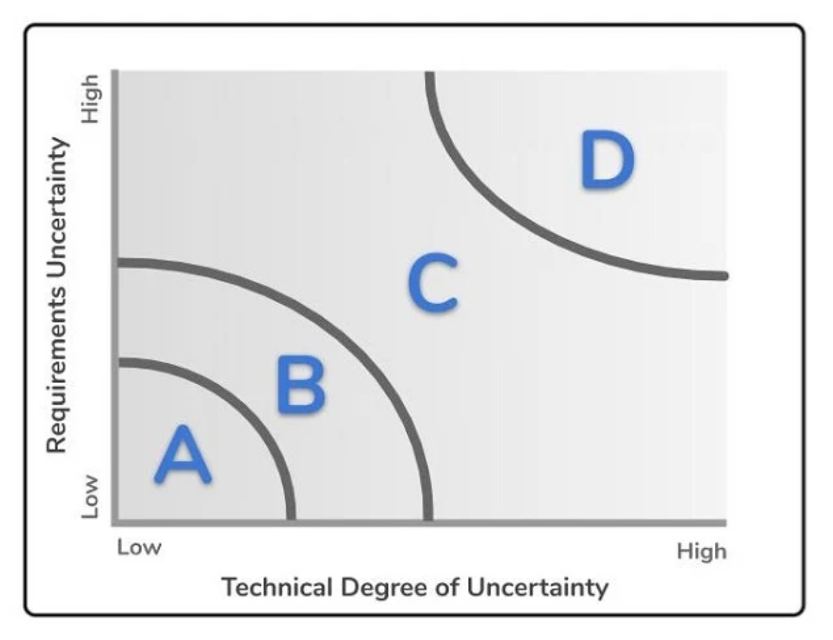
Example 5:
You are assigned to work on a project when project design and requirements are not ready. The project team defines the minimum viable product to release business value by focusing only on the must-have items that the business stakeholders need. The customer and senior management do not understand the project schedule due to the new Agile approach.
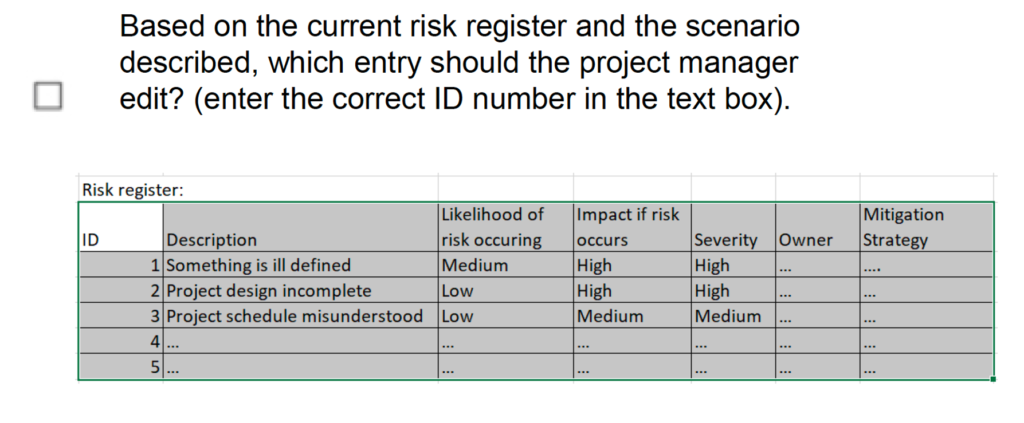
5. Fill-in-the-blank
Example 6:
Bryan is the project manager for a construction project. From past experience, he knows that one main risk that he may face is that the sand supplier may not deliver on time. In the risk management plan he creates, he has already accounted for this risk. The action he will take if this were to occur is to procure the sand from a different supplier. But, in this case, there may be differences in the sand quality provided by the first and second supplier, which would then be a ____________ risk.
Fill in the blank with the correct term or concept in risk management.
